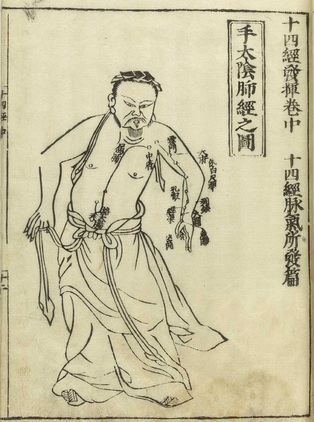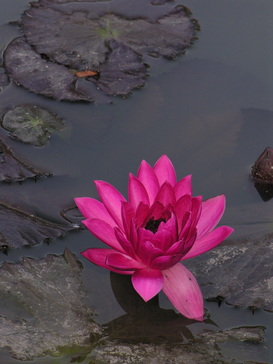About Qigong
|
Today qigong is practiced everywhere. Its numerous health benefits are being studied by scientists the world over. However, the term qigong is actually a new phrase generated by the Chinese government during the Cultural Revolution in an attempt to develop a coherent system for, primarily, two distinctly different systems of practice, both of which were millennia old at the time.
The word qigong is comprised of two words qi meaning energy, air, gas, or vapor. And gong meaning achievement, or more precisely excellence achieved through long practice in an endeavor. |
The word qigong then means energy cultivation.
The two main formative elements of modern qigong are xing qi and dao yin. Xing qi or circulating energy refers to the meditative practices Neolithic shamans used in their religious observances over about 6000 years ago. Daoyin means to guide and lead, and is by far the most dominate element practiced by modern taiji players.
It is supposed daoyin and xingqi were both practiced by ancient shamans. However, there is definite evidence from a tomb dating to 168 BC that shows familiar poses as those found in modern day qigong.
However, the combination of a long history of similar types or groups practices of arts now labeled qigong and a conscious attempt to reclassify and relabel xing qi and dao yin and related arts by the Chinese Government has caused some confusion as to the proper definition of qigong.
At the most minimal definition, qigong is the practice of integrating the breath, body, and a one’s mental intent.
The two main formative elements of modern qigong are xing qi and dao yin. Xing qi or circulating energy refers to the meditative practices Neolithic shamans used in their religious observances over about 6000 years ago. Daoyin means to guide and lead, and is by far the most dominate element practiced by modern taiji players.
It is supposed daoyin and xingqi were both practiced by ancient shamans. However, there is definite evidence from a tomb dating to 168 BC that shows familiar poses as those found in modern day qigong.
However, the combination of a long history of similar types or groups practices of arts now labeled qigong and a conscious attempt to reclassify and relabel xing qi and dao yin and related arts by the Chinese Government has caused some confusion as to the proper definition of qigong.
At the most minimal definition, qigong is the practice of integrating the breath, body, and a one’s mental intent.
About the Qigong Certificate Program:
The Qigong Certificate program is a comprehensive regimen whereby one learns time-tested skills to rejuvenate the body and mind and stave off many chronic illnesses. The exercises are taught in three sequential stages.
Each stage provides progressively challenging mentally and physically rigorous series of exercises designed to gradually to improve one’s physical ability, mental fortitude, and overall wellbeing.
Each stage provides progressively challenging mentally and physically rigorous series of exercises designed to gradually to improve one’s physical ability, mental fortitude, and overall wellbeing.
|
The first stage teaches core qigong sets, such as Eight Pieces Brocade, Five Animal Frolics, and Eight Immortal Breath Qigong. During this stage the student will also learn foundational stationary qigong which teach proper structure, alignment, and breathing methods as one is loosening and strengthening the ligaments and joints.
The second stage expands on the previous by adding footwork to the previous stationary qigong, introduces circle walking, and adds more qigong designed to reclaim the strength and flexibility in the hips and legs. |
The third stage includes more advanced qigong, daoyin (yoga-like moves), and a baguazhang qigong form.
Click to Return to Internal Arts Criteria Page
To Internal Martial Arts Certification Page
To Ting Lineage Holder Certification Page
To Internal Martial Arts Certification Page
To Ting Lineage Holder Certification Page


